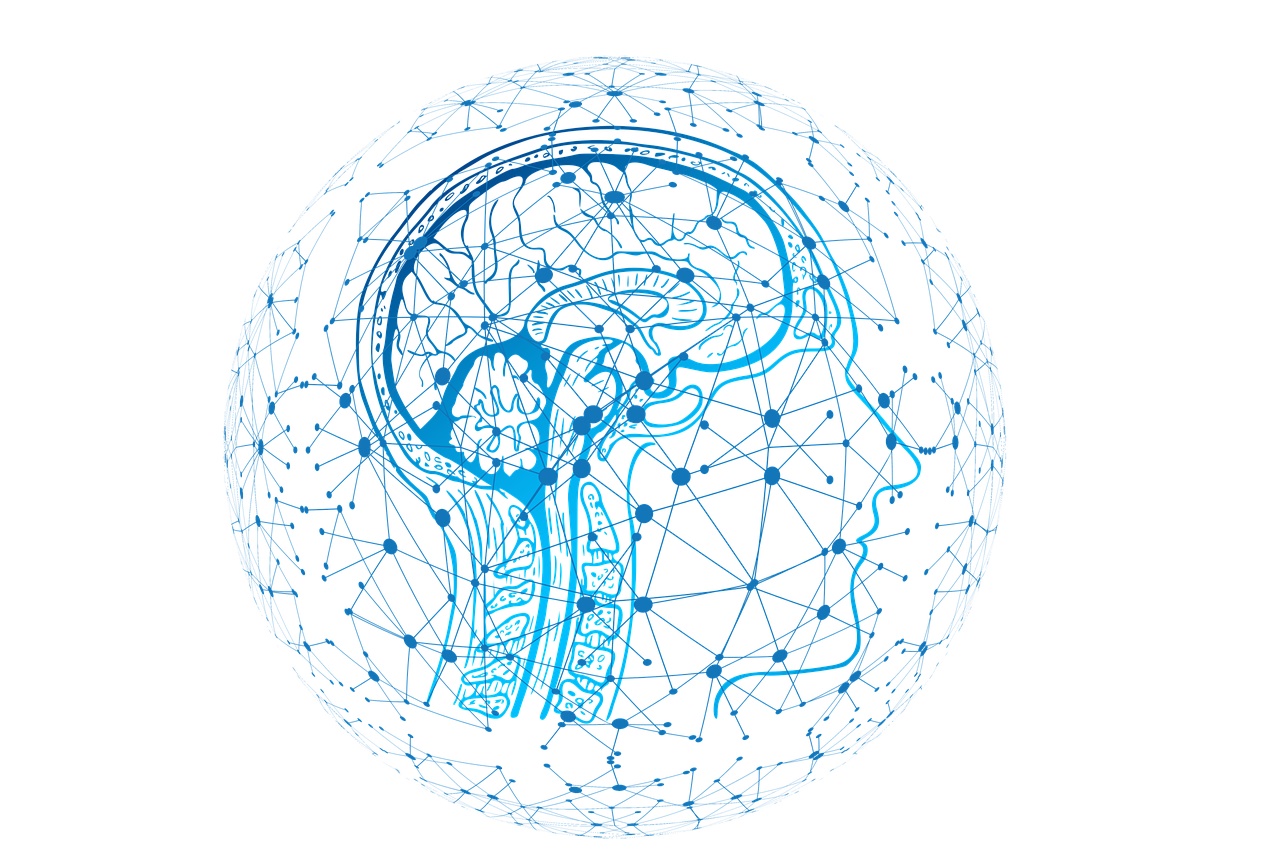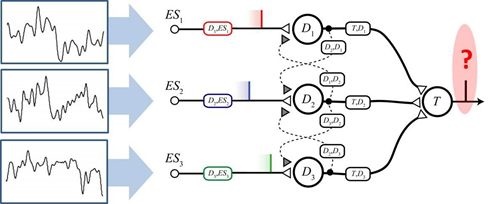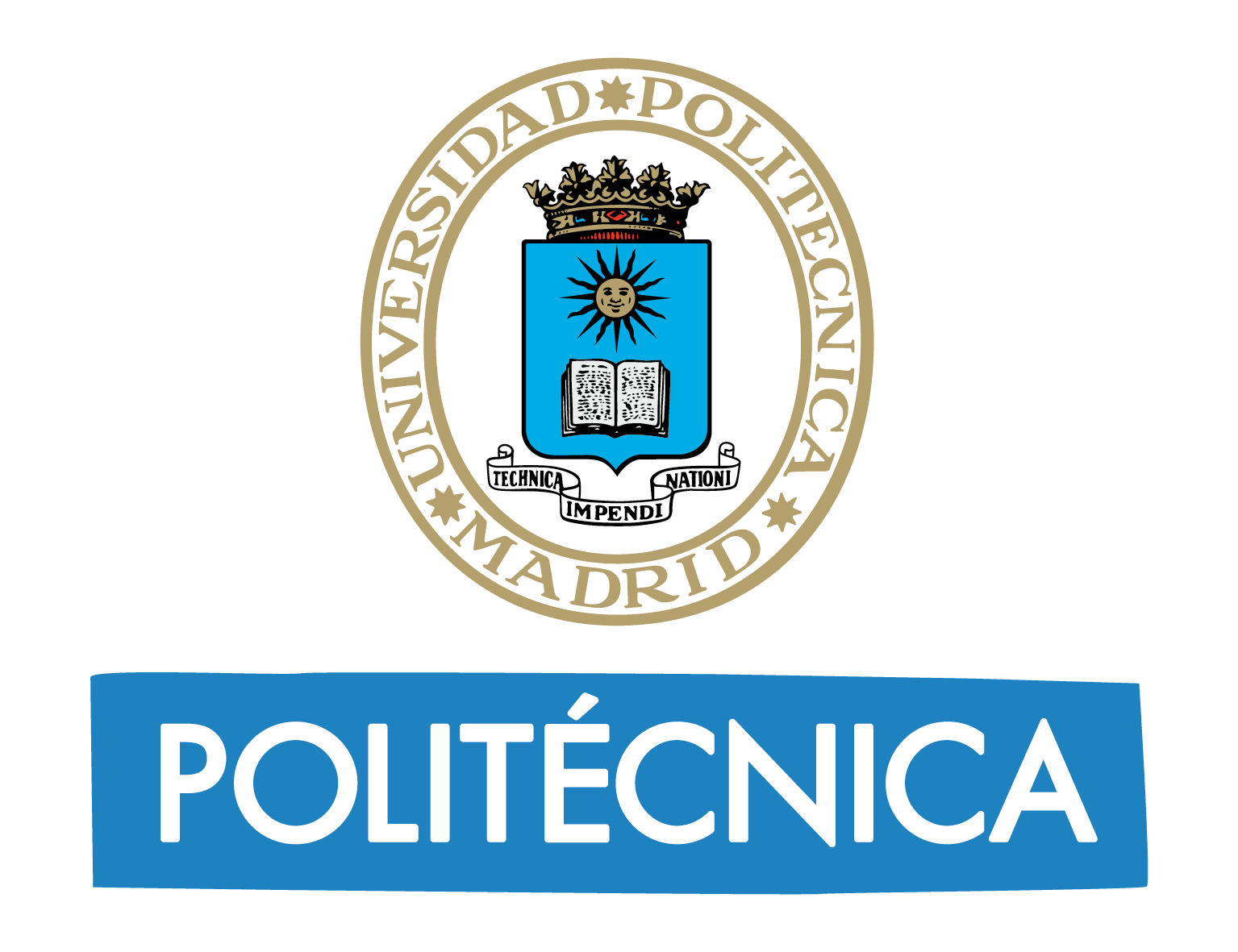A new neuro-inspired system for pattern detection
A new methodology to classify temporal patterns inspired by brain circuits has been developed to help understand the mechanisms that underlie biological learning. This system has been developed by researchers from Universidad Politécnica de Madrid (UPM), among others.
A scientific team, formed by researchers from the Center for Biomedical Technology (CTB) at UPM, University of La Laguna (ULL) and Institute for Cross-Disciplinary Physics and Complex System (IFISC, CSIC-UIB), has developed a new method to detect temporal patterns which is based on a neuro-inspired system and is used to classify brain activity using magnetoencephalography. This methodology, which has been validated and applied to real data, could shed light on some mechanisms of information storage in the brain.
Humans perform remarkably well many cognitive tasks including pattern recognition although the neuronal mechanisms underlying this process are not well known. However, artificial neural networks, inspired by brain circuits, have been designed and used to tackle spatio-temporal pattern recognition tasks.

Credit: pixabay.
The research work carried out by researchers from the Laboratory of Cognitive and Computational Neuroscience (LNCyC) at CTB, in collaboration with other institutions, is a pattern detection structure able to assess the parallel temporal sequences and, thanks to the mechanism of synaptic plasticity added to the model, it can also learn the distinctive features of different type of signal of interest.
The neuro-inspired structure developed by the group is named multi neuronal spike-sequence detector (MNSD). The detector can be trained online using new examples. After learning from a certain number of examples, MNSD can learn temporal sequences belonging to a specific group and distinguish learned sequences from others.

Scheme of the MNSD structure. Credit: UPM.
The right functioning of the structure has been validated using simulations and subsequently applying real data (psychological tests carried out in humans to assess the inhibitory control).
Results show the benefits of this method are similar to the benefits obtained through other classification techniques what proves the effectiveness of this approach. However, according to the authors, “the bio-plausibility is the most interesting feature of this method since it could reveal mechanisms of information storage in a real brain”.
This method is able to naturally work with temporal sequences, learning the characteristic intervals involved in the presented time series and their interrelations. In addition, this technique can be adapted to the recognition of objects after having rightly codified its time-domain characteristics.
The researchers from the Laboratory of Cognitive and Computational Neuroscience say “this easy and affordable computational method could be implemented at a large scale in recognition applications in various areas in real time, such as biometric authentication and early detection of diseases”.
Susi, G., Antón Toro, L., Canuet, L., López, M. E., Maestú, F., Mirasso, C. R., & Pereda, E. (2018). A Neuro-Inspired System for Online Learning and Recognition of Parallel Spike Trains, Based on Spike Latency, and Heterosynaptic STDP. Frontiers in neuroscience, 12, 780.


